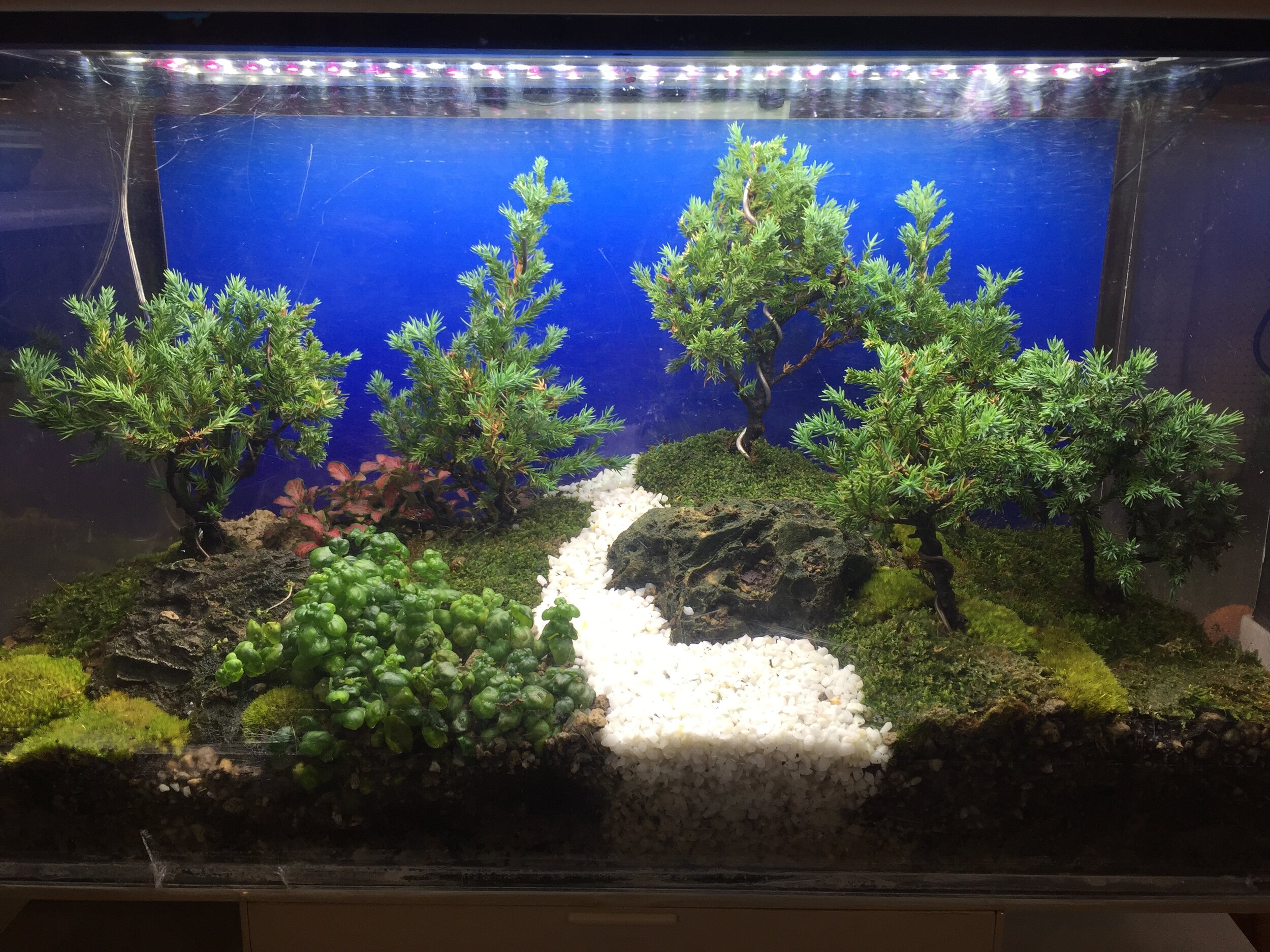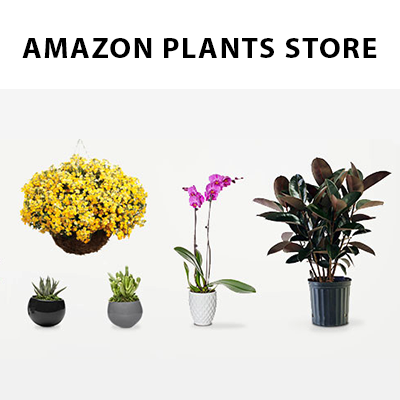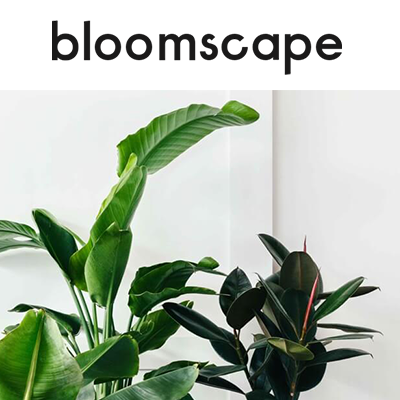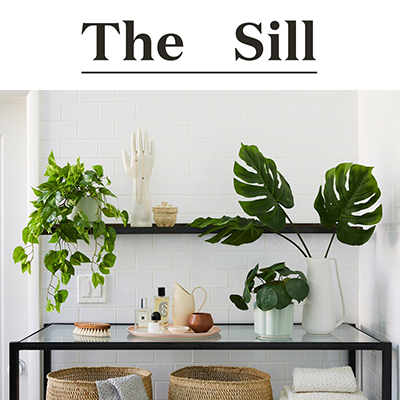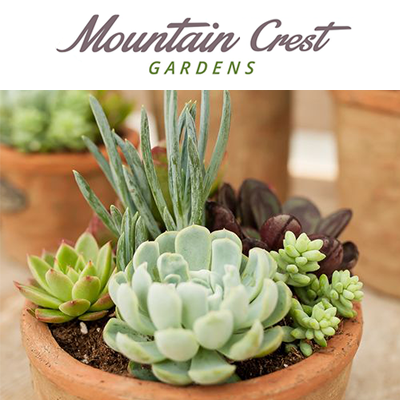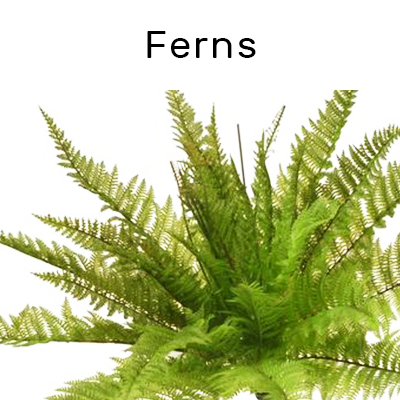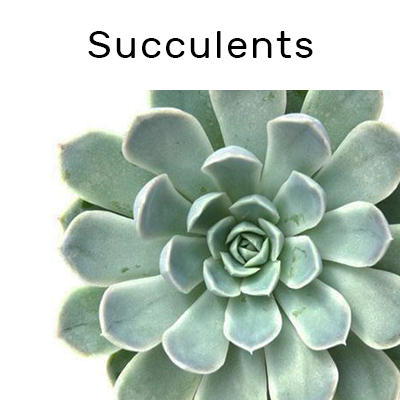About the SmartTerra
Terrariums are a unique miniature bio-sphere that will instantly add new life and interest to any area of your home or office. However, for those without a green thumb, terrariums can be quite hard to maintain; common mistakes include over-watering, too much light, or too little light. Here’s where the SmartTerra comes in!
The SmartTerra is the world’s first autonomous terrarium. By monitoring the vital conditions of your plants, the SmartTerra keeps your plants thriving. Maintaining a terrarium has never been easier! Furthermore, your plants’ growing conditions are right at your fingertips.
Additionally, there are many benefits to having a SmartTerra in your living space, such as reducing stress, increasing your productivity, improving air quality, and more! Read more about that HERE.
Step 1 — Learn

Basics of Plant Growth
The SmartTerra aims to mimic your plants’ natural environment as closely as possible. Specifically, the SmartTerra automatically monitors Light Level, Temperature, Air Humidity, and Soil Moisture. The combined settings of these four factors make up the SmartTerra’s environment.
Light Level
Light is essential for all plants as it is required for photosynthesis. However, some plants require more light than others. Through the app, you have full control of the light cycle inside the SmartTerra, including sunrise and sunset times.
Temperature
Most plants grow comfortably at room temperature 20 - 25 °C (68 - 77 °F). In general, they are rather resilient to temperature changes, and a temperature too high is better than one too low. Furthermore, temperature drops to 15°C (59°F) during the night is normal. However, if your house reaches colder temperatures below 12°C (54°F), especially during the winter months, we recommend adding a Heating Coil, which can be purchased HERE.
Air Humidity
Humidity (Relative Humidity) determines the rate of transpiration, the process at which moisture is carried through plants from roots to leaves. It also affects temperature regulation and nutrient flow. The ideal humidity level varies for different species, ranging from 50% to 80%. Desert plants generally are able to tolerate lower humidity levels, while tropical plants prefer more humid environments. By regulating rainfall and air circulation, the SmartTerra is able to moderately control the humidity inside the system. However, it may struggle in very dry atmospheres, especially during the winter months; if the humidity level drops below 40%, consider placing the SmartTerra near a humidifier.
Soil Moisture
My monitoring the soil moisture, the SmartTerra knows when your plants should be watered. It is important to keep the soil at an appropriate moisture level, not too dry, but not saturated as this can suffocate the roots.
How Does the SmartTerra Work?
By employing sensors and controlling the light and rain cycles, the SmartTerra can maintain the light, temperature, humidity, and moisture levels.
System Overview
High CRI Lighting System
High Color Rendering Index LEDs act as a substitute for sunlight, simulate sunrise, sunset, and lightning, and illuminate the nighttime with various mood lighting modes.
Air Circulation & Ventilation
Automatic airflow regulation prevents stagnant air, while also helping to remove excess humidity.
Water Recirculation
SmartTerra mimics the natural rain cycle: water is pumped from the reservoir to the top, rained down and filtered through the roots and soil, before returning to the reservoir.
How to Assemble & Disassemble the SmartTerra
You may have to assemble/disassemble the SmartTerra for various reasons such as a clean up.
Step 2 — Plan

Picking an Environment
The very first step in having a terrarium is deciding what to put in it!
There are many varieties of plants that you can grow in your terrarium. And the SmartTerra allows for even more flexibility, thanks to the adjustable climate control settings. However, because different plants favor different environments, be sure to pick plants with similar growing requirements.
If you are new to plants, we suggest picking one of our Themed Environments. This is a rough guide for picking plants to put in your terrarium; it is by no means a comprehensive list, but a starting point for your creative progression!
SmartTerra Themed Environments
Learn more about the Tropical Forest and Desert Biomes.
Designing Your Terrarium
Design Tips
Design from Large to Small Scale: First, imagine the overall look of your terrarium. Will it be a certain style, or follow a theme? Then, think about the landscape and large decorative elements such as rocks and logs. Picture what the contour would look like and where your plants would go. Finally, consider where to put smaller decorative elements such as figurines.
Think about Color: Incorporating different colors into your terrarium with various plants and decorations can really make your design pop! You can also follow a certain color theme.
Think about Balance: Picture how your large and small elements fit together inside SmartTerra — are they well balanced?
Follow a Theme: You may want to follow a certain theme while you design your landscape and pick your plants/decorations. Some examples of themes include “Fairy Garden” and “Desert Island.”
Put Larger Elements in the Back: Place large plants/decorations towards the back of the tank, and smaller ones towards the front. This prevents view obstruction. Also, when planning which plants to buy, research their directional growth pattern: Is it a carpet plant that spreads close to the soil, or does it tend to grow vertically.
Consider Adding a Moss Layer: A moss layer can add life to your terrarium floor. We recommend first lining the soil with sphagnum moss, before adding live moss. Sphagnum moss increases the soil’s capacity to hold water and nutrients.
Get Creative!: Look around you for inspiration; the internet is a great resource. Also, check out our “Design Inspiration” section to see how others have designed their SmartTerras.
Design Inspiration
Post a photo on Instagram/Facebook and use the #SMARTTERRA for a chance to get featured!
Obtaining Plants & Materials
Recommended Plant Retailers
If you are new to plants, we recommend that you first try to find a local store that sells terrarium plants. This way, you can get growing advice in person from an expert, who will also be able to answer any questions you may have in the future.
However, if you are unable to find a store nearby, you can order your plants online!
For those who live in the US, here is a list of Online Plant Retailers that we recommend:
Too lazy to pick your plants? Want something that would work for sure? We’ve picked for you!:
Substrate
We recommend using our specialized substrate, which is sold on the SmartTerra Shop. This substrate provides optimal drainage, and is designed by a horticultural expert specifically for use inside the SmartTerra!
Gardening Tools
Step 3 — Set Up

Placement
Where you place the SmartTerra is very important. Most plants grow comfortably at room temperature. Avoid placing the SmartTerra in areas where there may be sudden temperature changes, prolonged periods of cold, or drafts of wind. In addition, do not place the SmartTerra under direct sunlight.
Powering Up
Unpack the SmartTerra and place it on a steady surface.
Connect the SmartTerra to an outlet using the provided power cable.
After the unit turns on, it will remain in Pairing Mode for about 10 minutes.
Download the SmartTerra App and connect your unit. If you cannot connect, the system might have exited Pairing Mode; Unplug and replug the unit.
Connecting to the App
Install the SmartTerra App from the App Store/Google Play Store. Follow the steps on the App to connect and register your SmartTerra.
The SmartTerra App allows you to:
View SmartTerra’s real-time climate data
Pick a preset theme and customize your environment
Configure sunrise, sunset, and rainstorm times
Schedule sounds/music to play throughout the day
Customize colored light sequences in Mood Mode
Configure notification settings
SmartTerra App Guide
Head over to the SmartTerra App Guide to learn basics about the app.
Setting up Bluetooth Streaming
Turn on Bluetooth on your Smartphone and look for SmartTerra. Pair your device and you are ready to go!
Troubleshooting
Running into problems? Visit our Support Page.
Step 4 — Scape

Once you have your plants, you’re ready to give them a new home!
1. Growth Media
First, rinse the growth media with the provided rinsing bag to remove dust and filter out small particles; rinse until the water is clear. Then, pour the media into the tank, being careful not to scratch the windows. Form the landscape as you like.
2. Plants
Make a hole approximately the size of your plant’s pot, a little deeper than the height of the pot. Then, place your plant inside along with the soil that came with it, and cover up the top with growth media.
3. Decorations
Place any decorations you have inside the tank.
4. Water
Keeping an eye on the water level indicator, pull out the water tray and slowly add water at room temperature to the tray. Avoid adding cold water as this can shock your plants.
Make it rain and wait for the soil to saturate. Fill up the tank once again.
5. Soil Moisture Sensor
Connect the Soil Moisture Sensor to the board, and set it all the way into the soil.
6. Sit Back & Enjoy!
Step 5 — Maintain

Maintenance
The SmartTerra was designed to be as low maintenance as possible. However, there are still a few things you have to do:
You may purchase Gardening Tools HERE. The set includes pruning scissors, a shovel, and a rake.
Support

Have any questions about the SmartTerra? Head over to the SmartTerra User Portal.





















